Keratometer Optical Design
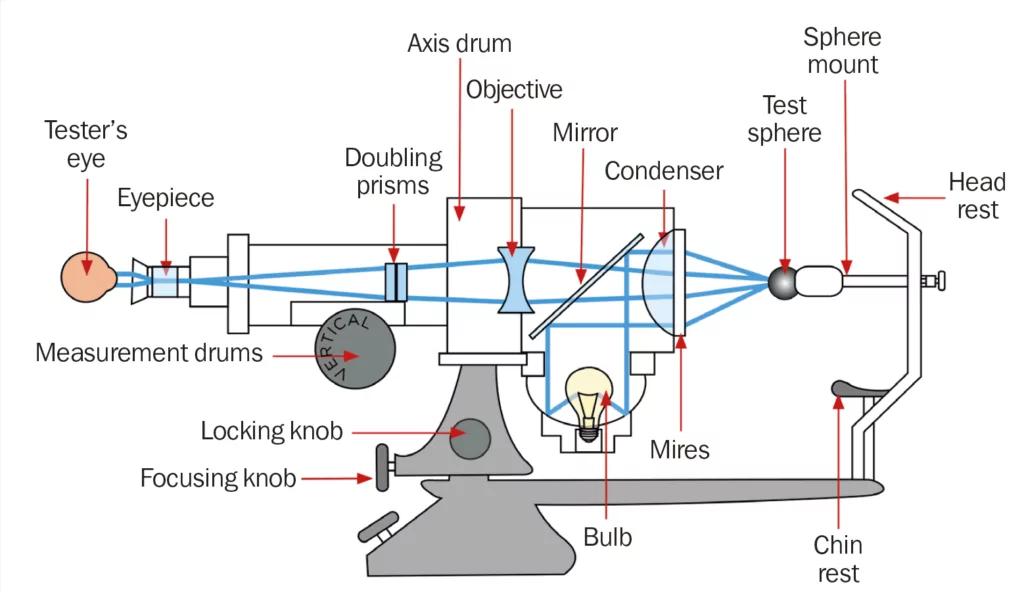
In this article, we will continue our description of different optical instruments used by optometrists. Last time we talked about Ophthalmoscopes, today we will talk about another very common optical instrument called the Keratometer. The keratometer was developed in 1851, it is used to measure the curvature of the anterior cornea. That is the outer […]
Understanding Free Space Optical Communication Design
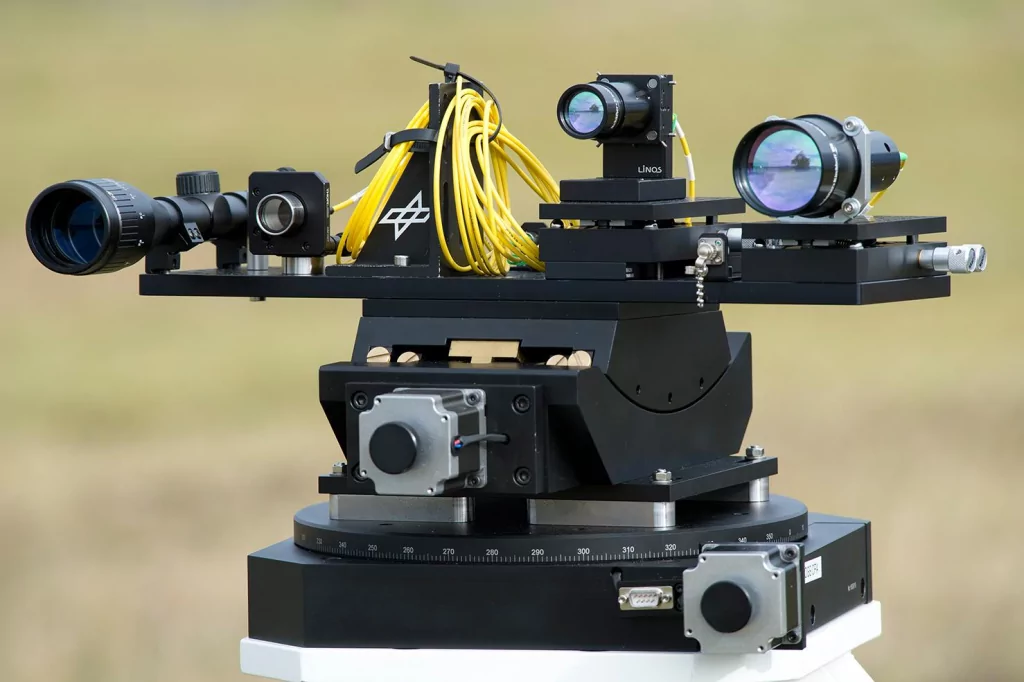
A previous post discussed underwater optical design. This week, we will review the diametrical opposite application – free-space optical communication (FSO). As with underwater optical design, one of the challenges facing FSO is the optical signal propagation through a highly variable medium. For example, atmospheric turbulence produces temporary pockets of air with slightly different indices […]
Parabolic Mirror Design
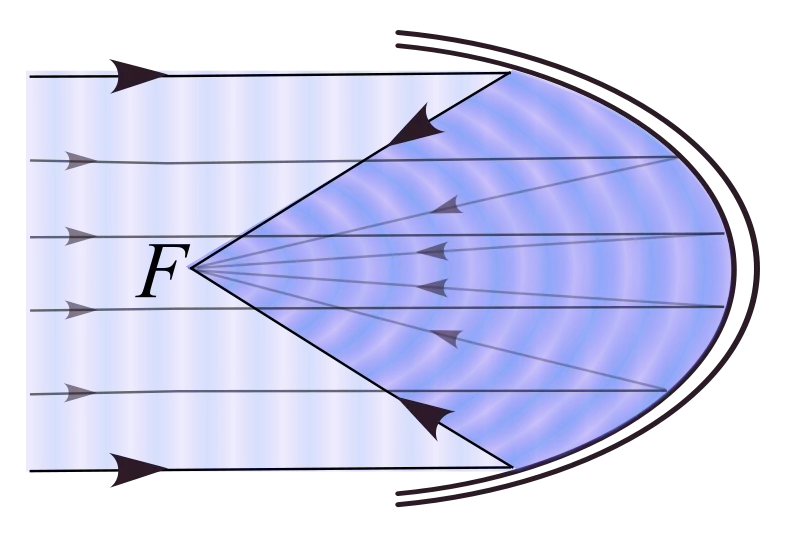
Parabolic mirrors are optical systems that are used to collect or distribute energy. They have a wide range of applications from solar collectors for water heating systems to microscopes and telescopes, and everyday flashlights. The most common way to understand parabolic mirrors is that a bundle of light beams parallel to the optical axis will […]
Datum Surface In Optical Drawings
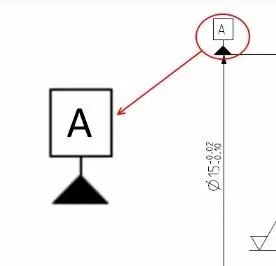
Our recent post described how to read optical production drawings. One of the parameters frequently found in optical drawings, “Datum Surface,” should be covered more closely. Datum definition As defined by both ISO and ANSI technical standards, datum marks part entity (i.e., axis, surface, point), allowing us to apply geometrical requirements and tolerances (GD&T). Even […]
Tessar Lens Design
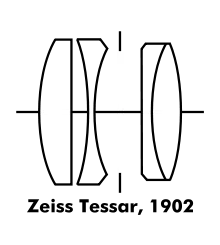
Among the many lens design configurations, one of the most common lens optical layouts is the Tessar Lens. This layout was created by Paul Rudolph in 1902 for photographic lenses. In the golden age of film photography, the Tessar configuration was widely used in common lenses such as the f 50mm/f2.8 As with any photographic […]
How Aspheric and Freeform lenses work
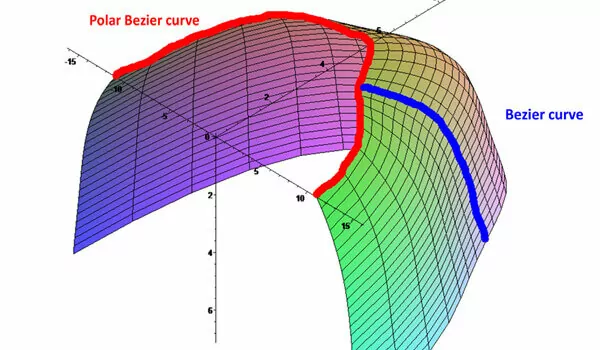
A key aspect of an optical product development is the creation of a quality optical system design optimized to reduce aberrations and system cost. In an attempt to reach a balance between cost and performance, optical designers have created lenses with different shapes that help reduce aberrations. Traditionally, optical elements have radial symmetry: they are […]